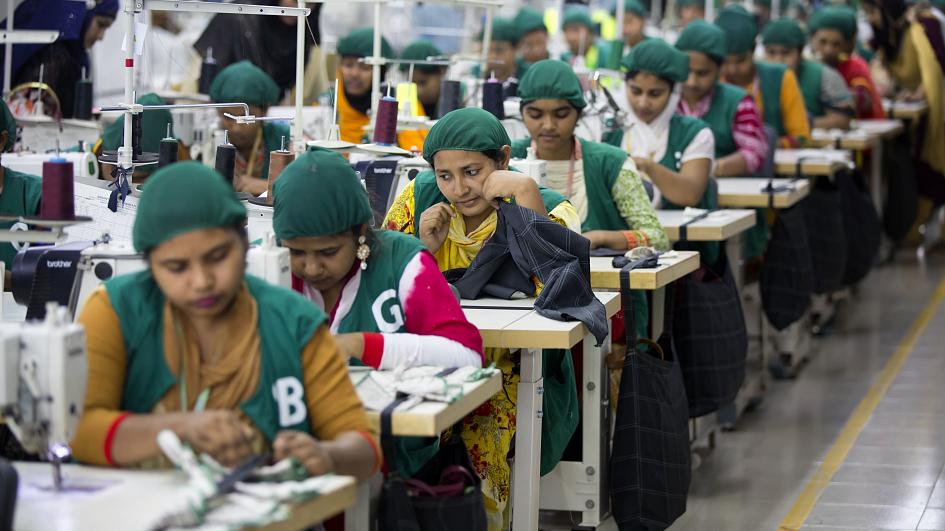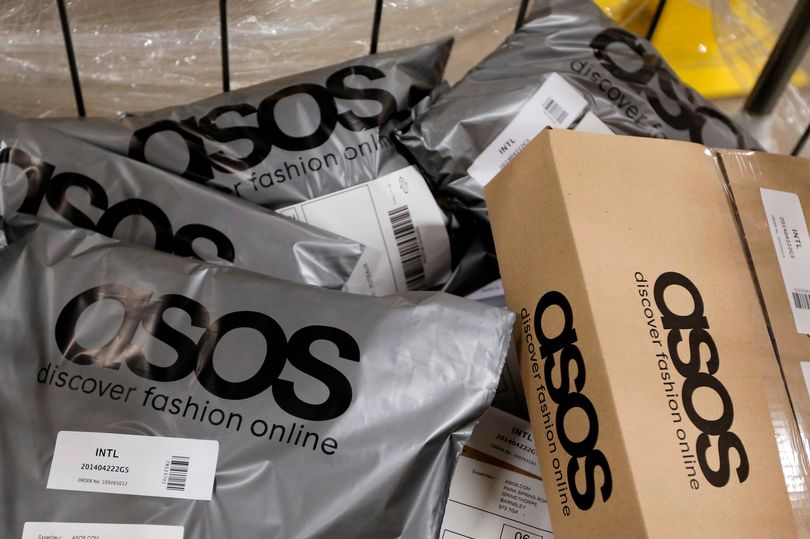Chances are that before last week (unless you were a Gen-Zer with a penchant for Kardashian cast-offs), you may not have known that much about Boohoo.com.
However, a recent spike in coronavirus cases, a report uncovering wages as low as £1 an hour, and a plethora of subsequent media coverage have brought the online retailer to the forefront of our minds. For now.
Rags and riches
Boohoo.com, a British fashion outlet founded by Mahmud Kamani and Carol Kane, opened its digital doors in 2006.
Emerging alongside a number of similar stores, over the past 14 years Boohoo.com has carved itself out an enviable spot on the e-commerce scene, reporting £856.9 million in revenue from online sales in 2019 alone.
What’s the secret to their success?
- Price: A garment listed on Boohoo.com can cost a consumer as little as €3, the perfect lure for a generation that is cash-poor but wishes to be style-rich.
- Speed: Boohoo.com defies the laws of even the fastest fashion, with some reports showing the brand uploading an average of 116 new items on-site per day.
- Stockists: Turning competitors into collaborators, Boohoo.com’s wears have been stocked on sites like Amazon, ASOS, and Zalando.
- Partnerships: From the megastar musician to the garden variety influencer, Boohoo.com has become synonymous with sponsored Instagram posts.
- A marginalised workforce: In their June 2020 report Boohoo & COVID-19: The people behind the profit, UK non-profit Labour Behind The Label found that factories in Leicester, which primarily produce clothing for the brand, are paying workers an average of £3 per day.
Disassociation and denial
Naturally, this report has caused a slight fallout for the business. Boohoo.com, which also owns brands PrettyLittleThing and Nasty Gal, has experienced plummeting stocks and, according to an analysis published by the Bank of America, declining sales as a result of the bad publicity.
Boohoo.com, along with its brand and endorsement partners, has quickly distanced itself from the report, claiming outrage and ignorance of the factory’s treatment of its workers.
These reactions come as no great surprise: dissociation and denial are often used by brands in response to crises. What is surprising is how often brands use this strategy rather than tackling the issue itself. This rinse-and-repeat reaction not only fails to solve the problem, it actually adds to it, highlighting the brand’s own inaction and incompetence along the way.

The same old sold
In a 2018 article the Financial Times asked the question: “How is it possible to make cheap clothes in a country where the minimum wage for over-25s is £7.83 an hour?”
The answer was, as it is now, the so-called “dark factories” of Leicester, where £5 is considered a top wage, and migrant workers are preyed upon for their vulnerability.
Boohoo.com is mentioned over 20 times in connection to these dark factories in the article. ASOS, one of the stockists that publicly axed Boohoo.com’s garments from its site following the release of the Labour Behind the Label report, started its wholesale relationship with the brand in 2019, a year after the FT article was published.
And that’s just the tip of the fast-fashion iceberg. From the Rana Plaza tragedy that claimed 1,134 lives to the suicide epidemic affecting Indian cotton farmers, the last ten years of mainstream media have clearly told the story of an industry fuelled by the production of waste, discriminatory wages, and treacherous working conditions.
And yet fast-fashion brands continue to thrive—how?
The short answer is that many consumers, namely those who fall into the target audience of the likes of Boohoo, ASOS, and Missguided, simply do not care. A 2018 study by New York Fashion School, LIM College, showed that while 34% of Millennial consumers may be influenced to purchase clothing that claims to be sustainably produced, 95% are driven by ease of use and price.
The more in-depth answer is one that revolves around accessibility, class structures, and the fact that a large portion of consumers don’t really understand what the terms ethical, sustainable, or eco-friendly fashion mean. This, combined with the industry’s propensity to lean on greenwashing advertising tactics, does not make it easy for the consumer to buy better.
Greenwashing
Greenwashing refers to brands and spokespeople making unproven or misleading statements about the ethical and environmental impact of their product or service. It is widely used within the fast-fashion world because, just like sex, sustainability sells.
For high street brands like H&M, Miss Selfridge, and ASOS, promoting so-called ethical or sustainable ranges alongside their regular stock not only allows them to provide a response to any concerns over the ethics of their production lines, it also allows them to increase their mark-ups.

Even if it is not the biggest driver of sales, Nielson’s 2018 report Sustainability Sells: Linking Sustainability Claims To Sales shows that those who do want to buy sustainable are willing to pay if they think the products will do less damage to the environment.
But the damage is still very much being done, and many of these exclusive high street ranges that promote affordable sustainability pose a variety of problems.
First, their composition. While some outlets claim that their ethical ranges are made from recycled materials, to what percentage these materials actually comprise a garment is not often clearly communicated. For example, while an ethically labelled swimsuit posted on a popular online store may claim to be made from 100% recycled polyester, it may also contain 77% nylon and 23% elastane, neither of which are recycled materials.
Second, their counterparts. Even if the garments have been created ethically, they are sold alongside items that are not. These blurred lines can mean that the profits from sustainable purchases fuel the creation of further fast-fashion items.
Finally, these ranges cause major consumer confusion. While all companies will heavily promote their sustainable ranges, they don’t always offer any real information as to what they are doing to make these ranges more ethical than their regular collections.
ASOS, one of the fastest stockists to break ties with Boohoo.com following the Labour Behind The Label Report, have, at times, promoted garments as sustainable with zero information as to what makes them so.
So, what can brands do?
Better. Brands can do better.
As a communications agency, we work with our clients to connect them with their audience on an authentic level. We do this because we know it is the most effective way of communicating, unrivalled by trends or gimmicks.
Greenwashing does not have a place in effective communication: it undermines audiences’ intelligence and damages brand trust. Dissociation and denial don’t belong there either; a simple search of any of the brands mentioned (and many more thereafter) uncovers numerous cases of unethical practices surrounding the production of their garments.
The consumer’s memory may be short and selective, but Google’s search engine is not. The longer these conditions go on, the more stories and evidence build up, making a brand’s ability to ‘step back’ from the offending organisation increasingly difficult.
Finally, out of the hands of content, communications, and spin is a brand’s responsibility to pay a fair wage to all workers it employs. While it would be naive to think that large corporations like Boohoo.com are here to do the world some good, it cannot be denied that the disparity between almost £1 billion in revenue and £1 per hour in factory wages is anything but bad.

About the author
Sinéad works with clients to creatively plan and implement their brand and campaign communications. With a vast and varied background in content planning and development, she is an expert storyteller, bringing brands to life both online and off.
Feature image credit: Boohoo.com.
